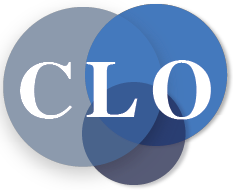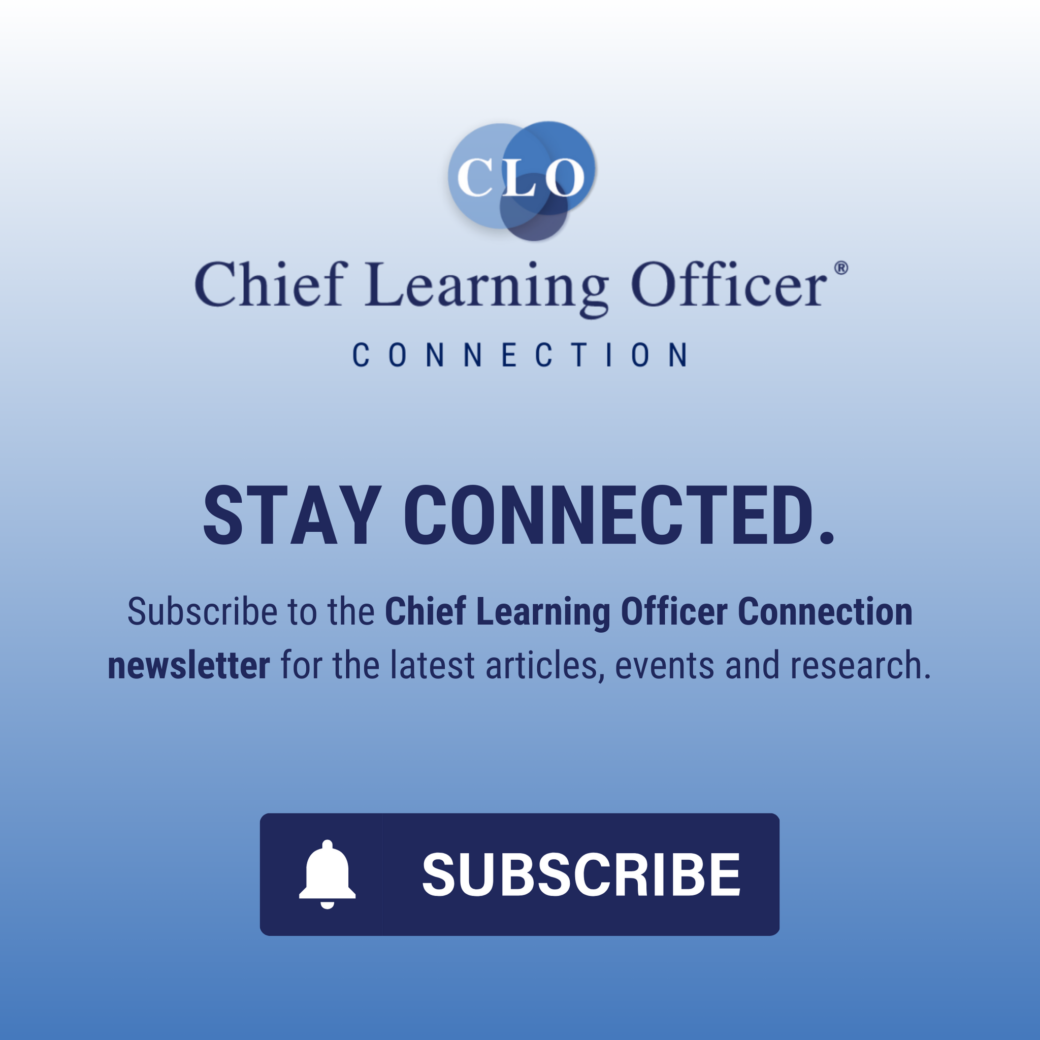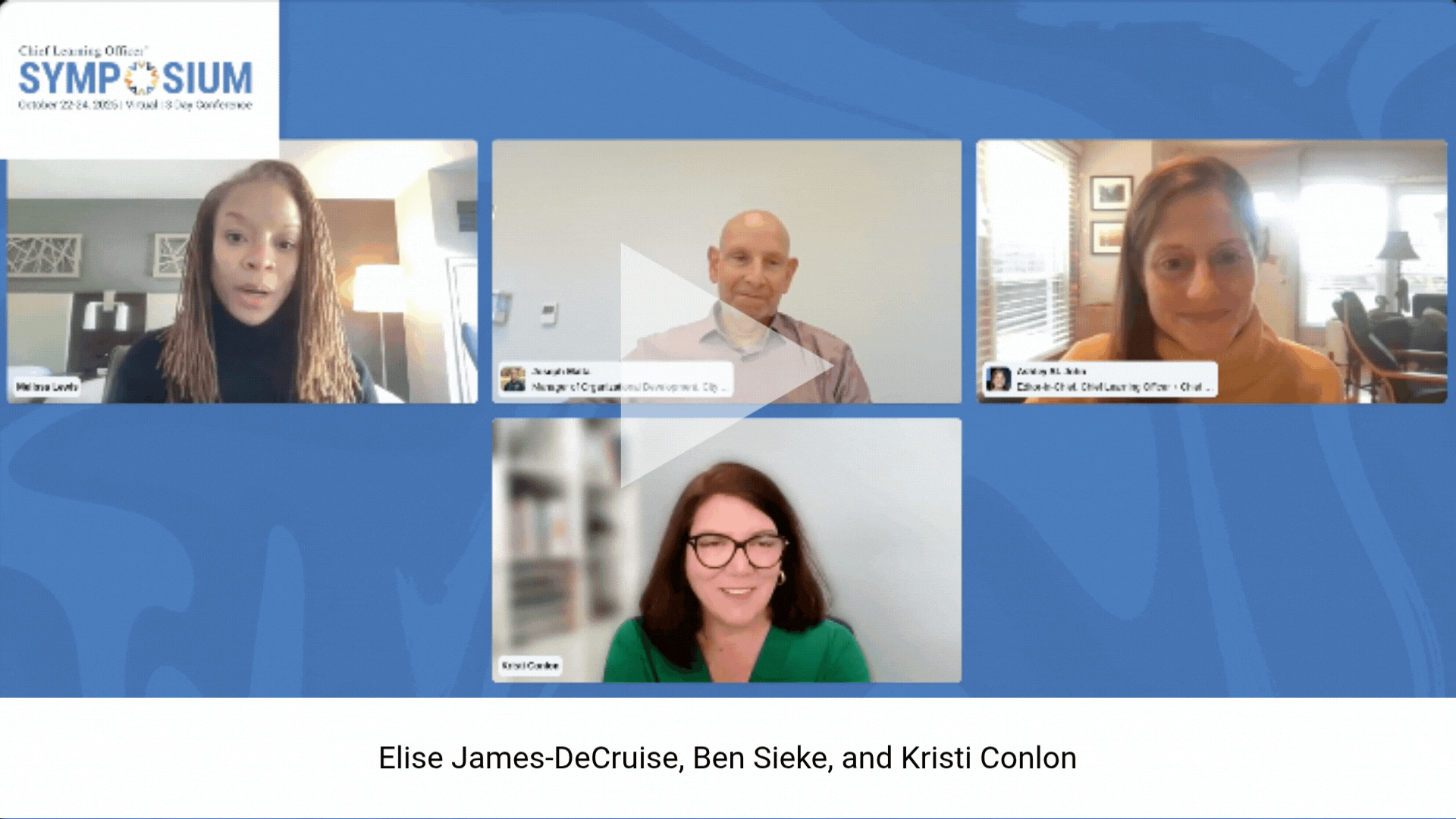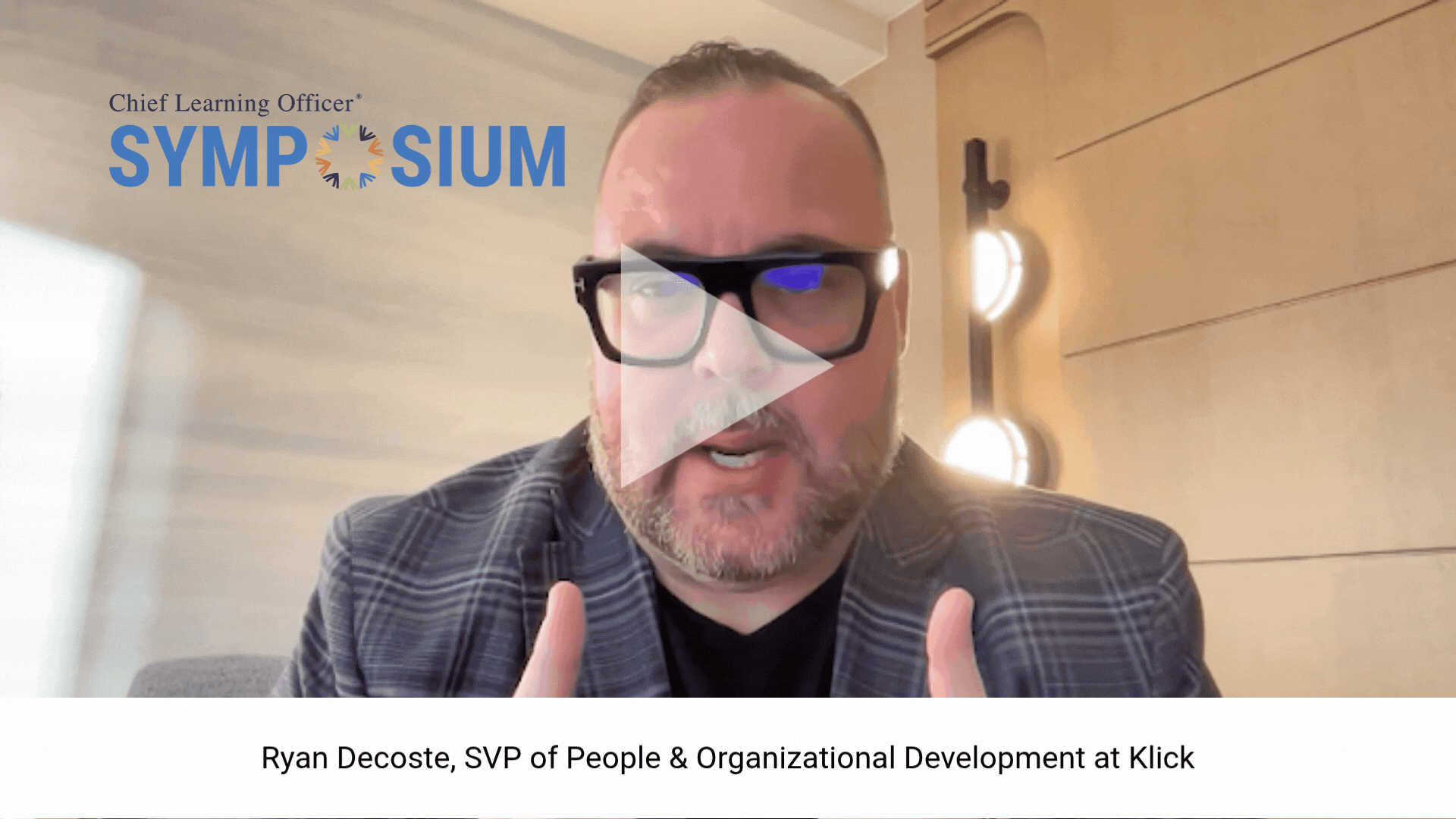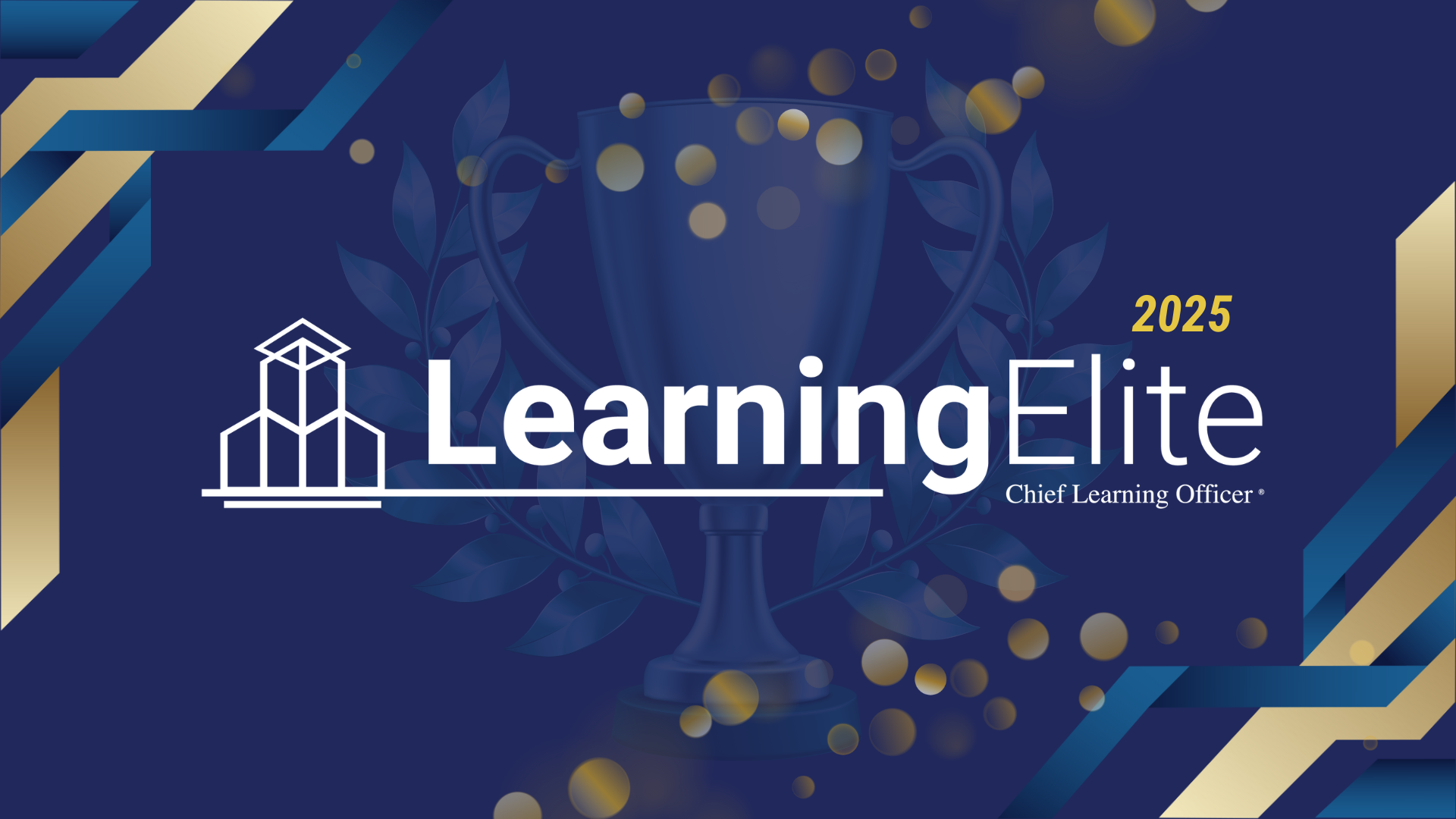Artificial intelligence has become a critical arena for global competition, particularly with the emergence of generative AI that can create high-quality text, document summaries, images, language translation and software code. Nearly every major multinational company is considering how to leverage the rapid advances in AI’s deep-learning capabilities to become more efficient, stay ahead of its competitors and better serve customers.
The rapid adoption of AI is already transforming industries, core organizational functions, and the day-to-day work of many teams and their leaders. This shift is also raising complex questions around intellectual property, data privacy, content moderation, workforce training and job displacement. As roles evolve, many existing job descriptions and workflows are becoming outdated, while entirely new ones are taking shape. In addition to all of this, global enterprises should be aware of the cultural implications of the rush to incorporate AI.
How culture shapes AI
Many consider AI as an authoritative source of information. However, artificial intelligence reflects and amplifies various types of bias.
Automated bias
Generative AI mirrors its authors and the data they use for training purposes. Algorithms built into AI can automate and sometimes exaggerate pre-existing forms of bias, leading to false correlations, predictions or decisions with serious negative consequences. Increasing recognition of these flaws has prompted calls for greater “algorithmic fairness,” and numerous publications and several organizations have been created to address built-in AI biases.
One of the best-known forms of AI bias has been facial recognition technology, with higher error rates for people of color and potential consequences in areas such as health care and law enforcement. An early study found error rates up to more than one-third for classifying dark-skinned women, while the error rates for white men were less than one percent.
Another example is the use of AI in the hiring process for tasks like resume screening, resulting in gender bias based on the use of predominantly male historical data. For example, “Amazon stopped using a hiring algorithm after finding it favored applicants based on words like ‘executed’ or ‘captured’ that were more commonly found on men’s resumes.”
A common AI bug is its tendency to produce “hallucinations,” or responses lacking any supporting evidence or factual basis that are made up in response to user prompts. This is dangerous if one’s objective, for instance, is to publish a scientific paper and AI is actually manufacturing fictional content, sometimes complete with invented footnotes.
Perceptions of AI
People’s feelings about AI range from optimistic boosterism to dystopian nightmares. Driven in part by the enormous business opportunities in AI and related fields, a modern-day Gold Rush mentality has taken hold, with key players including Google Gemini, Microsoft Copilot, Open AI’s ChatGPT, Meta’s Llama and, more recently, DeepSeek, owned by High-Flyer, a Chinese hedge fund, as well as Alibaba’s Qwen. There are still few restrictions in this hypercompetitive environment, with only limited provisions for security and safety required by executive order, plus voluntary company commitments that lack external enforcement mechanisms.
Although major corporations are rushing to implement AI, the general public appears to be more reluctant to buy products ranging from household appliances to health services that are advertised as containing artificial intelligence: “When AI is mentioned, it tends to lower emotional trust, which in turn decreases purchase intentions.”
Cultural background also plays a key role in shaping how individuals perceive AI. In cultures that are more risk-averse or place a high value on egalitarianism, there may be greater concern about AI’s potential for harm or bias. For example, someone raised in a society with strong data privacy norms may view AI tools as intrusive, while others from more tech-forward environments may see them as a natural evolution.
How AI shapes culture
Several issues have already emerged regarding the influence of AI on culture related to human creativity and change management.
Human creativity
Research regarding the impact of AI on human creativity has rendered a mixed verdict. In an experiment conducted by researchers in the UK, AI-generated suggestions helped less experienced or competent writers generate products that were judged to be more creative. However, the group that benefited from AI advice produced less novel outcomes overall compared with those without AI support. In other words, AI “made each individual more creative, but it made the group that had AI help less creative.”
For organizations, this presents a potential tradeoff: AI may increase efficiency and support junior talent, but it can also limit the diversity of ideas that drive true innovation. Balancing these outcomes will be essential as AI tools become more deeply embedded in creative and collaborative work.
In addition, there are widespread concerns that AI-generated products could sideline human artists. The Sweden-based music streaming service Spotify, for example, has been accused of “exploiting the work of real human artists by repurposing their music as training data” and then earning money from artificial content generated based on their work without offering royalties or revenue streams.
As organizations increasingly rely on AI to support creative and collaborative work, they must also grapple with its broader cultural impact. From reshaping how ideas are generated to raising questions about ownership and authenticity, AI is influencing not just how we work, but how we value human expression. The challenge ahead lies in using these tools to enhance creativity — not replace it — and in building systems that recognize and respect the human contributions at the heart of innovation.
Change management
Estimates related to the impact of AI on employment vary from significant to cataclysmic, depending on the source. From a long-term perspective, its effects may resemble the shift of people from farms to cities that began during the Industrial Revolution and still continues on a massive scale in countries like India or China. Over the next five to 10 years, the influence of AI is likely to expand in significant ways, with some jobs lost but also a radical transformation in how work is done for far larger swaths of the workforce.
The World Economic Forum’s Future of Jobs Report 2025 says that more than 40 percent of companies surveyed around the world plan to cut jobs by 2030 due to the introduction of AI, and workforce reductions directly attributed to AI are already occurring regularly. One estimate is that global banks will use AI to displace up to 200,000 jobs over the next three to five years, making it one of the industries most affected. Other major companies, such as Meta and Workday, are restructuring their workforces to adapt to the growing influence of AI, which they see as a key driver of future growth and efficiency.
At the same time, the good news for workers is that at this point, new jobs are being created at a faster pace than layoffs are occurring, and more than three-quarters of companies plan to engage in reskilling or upskilling their employees to enable them to work more effectively along with AI. Skills in conducting big data analysis, AI and machine learning, software and applications development, and security management are in high demand. Those who can understand, embrace and deploy AI will be highly sought after and relatively secure in their roles, potentially finding themselves in demand even if they need to transition between jobs.
With that being said, it is easy to speak cheerfully about “upskilling,” but much more difficult for a lifelong accountant to become a data scientist. Individuals voluntarily seeking to advance their careers as well as companies striving to implement AI-centric business strategies will need to invest major efforts and capital to achieve this skills transformation.
Implications for teams in the global workplace
The rise of AI — including the ways that it is either shaped by or shaping the cultural contexts in which it is deployed — is changing how global teams communicate, collaborate and innovate. It brings new opportunities for efficiency but also challenges around trust, creativity and cultural understanding. Teams that recognize and address these realities will be better equipped to navigate the evolving workplace and leverage AI in ways that strengthen, rather than strain, their dynamics.
Questions about AI for multicultural teams
Here’s a list of recommended questions to consider for any team using advanced AI:
- Does AI reinforce our biases by reflecting our prior input? Or can it help us to address areas we may have neglected: “What are we missing here?”
- How can AI be best used to stimulate idea generation, both from its own training data and from everyone on the team?
- When does the use of AI encourage or dampen discussion among team members? Does AI promote or detract from psychological safety?
- Does AI provide advantages or disadvantages to team members from different cultural backgrounds? How can we ensure that it helps us to create an inclusive environment for all team members?
- What information is recorded and stored? Are there times when AI should be turned on or off?
- Do we want an AI “Large Action Model” making contact with customers? How can we ensure that its contacts with customers in different countries are culturally appropriate?
- Could AI help with after-action reviews and/or continuous improvement? “Where did we get things right or wrong? What could we be doing better?”
- Will AI be evaluating team members and/or holding them accountable? (“AI, how would you evaluate the performance of each member of this team in meeting their deliverables?”) What would be its criteria for judgment, and are they fair for all team members?
- Are there team members that the AI could replace, and how will this change happen? Are there team members who need to learn new skills, either for a different job or for working more effectively with AI?
- How can we introduce new AI-driven processes in ways team members will welcome and benefit from?
Each team will need to establish its own style and best practices for working with artificial intelligence, and those that take a deliberate approach to addressing these questions will have a head start.
Ready to help your team work better with AI across borders and cultures?
Start your free trial of Aperian to explore tools and insights that help global teams collaborate effectively and build agile, future-ready workplaces. Want to see how Aperian learning solutions can help you meet your goals? Reach out to the Aperian team to get started.
